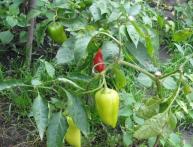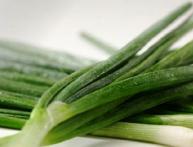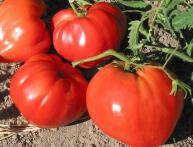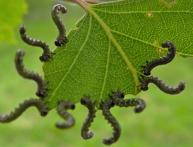Growing cucumbers. Cucumber Shchedrik
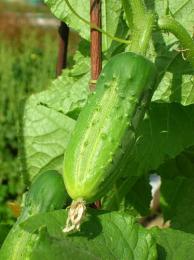
Juicy and tasty cucumbers in the garden beds are the joy of every summer resident. They can be salted, pickled, combined in salads, and simply quench thirst and light hunger on a hot summer day. And then in winter, take out the fragrant preserves from the cellar.
Cucumbers can be grown in greenhouses or in open ground. The last option is not the most successful, since over time the vines age and the harvest declines. In addition, the fruits very often begin to taste bitter. If there are such signs, try covering the plants with film ahead of time.
In order for your efforts to be justified, pay due attention to the seedlings. She needs to be fed once or twice before landing. Preliminary soil fertilization, high-quality sprouts and regular care are all that is needed to obtain a stable harvest. Collect it at least once every two to three days, also removing bad ovaries and fruits. A solution of sour milk with water (1 to 9) and 3-4 drops of iodine per liter of this liquid helps a lot against diseases on the leaves (spots, powdery mildew).
Unfavorable weather conditions and the lack of pollinating insects can negatively affect future cucumbers. If you want to play it safe, purchase seeds of parthenocarpic hybrids. These are plants that do not require pollination. In greenhouse conditions they are especially relevant.
One of these hybrids is the Shchedrik cucumber. This is a very fruitful variety that gives a yield of up to 16 kg/m2 in a greenhouse and a little less in open ground. Having planted it in May, expect the first fruits at the end of June.This cucumber loves sun and warmth, frequent but fractional watering. To improve taste, feed with potassium and nitrogen. With good care, Shchedrik produces 6-7 fruits per plant daily.

